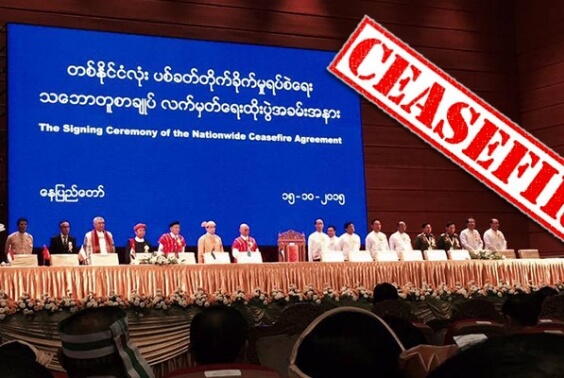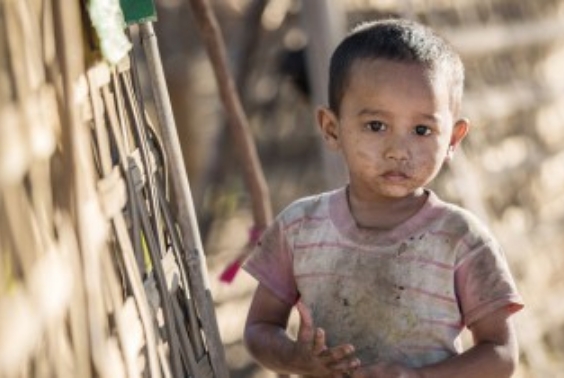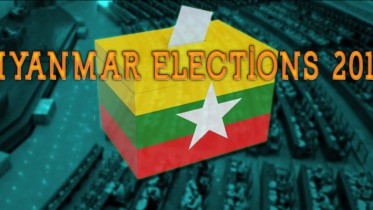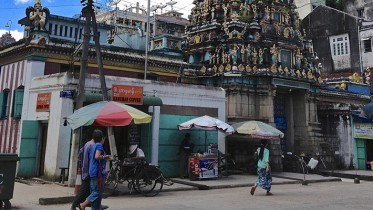- MYANMAR
A ceasefire, an election, a new government: Progress towards peace in Myanmar
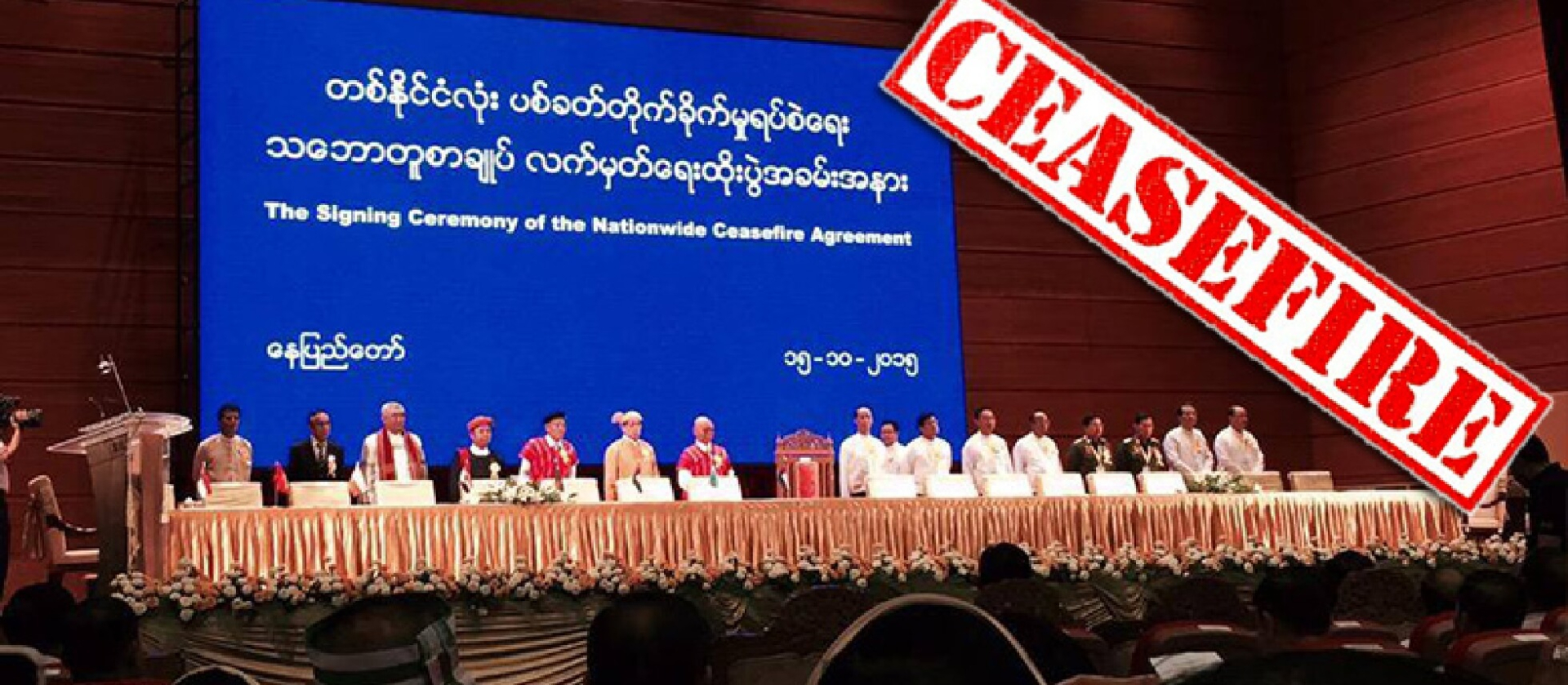
Whatever progress is made on the Myanmar peace process or political reform in 2016 and beyond, it will be on the foundations built by various stakeholders over the past four years.
While the trust emerging between the Chairperson of the Myanmar Peace Centre, Minister U Aung Min, and his team and ethnic armed groups has been significant, what is becoming more apparent is the internal cohesion and increased capacity of ethnic armed groups to organise, negotiate, articulate their interests and needs, and network internally, politically, and amongst themselves.
Despite the fact the solidarity of these ethnic armed groups has been severely tested over the last year, they have to date maintained a reasonable working relationship that ensures they can still function as a cohesive negotiating body during the next stages of the peace process. This is due to both the strategic and visionary leadership among the groups, which is supported by local constituencies longing for peace, as well as significant financial and capacity investment in ethnic armed group leadership structures, including training, technical assistance and international exposure visits.
The Current Situation in Myanmar
The National Ceasefire Agreement (NCA), signed on October 15, 2015, was a significant milestone in the Myanmar peace process. Notably, the Joint Monitoring Committee, comprising civilians, members of the Tatmadaw Myanmar armed forces, and Non-State Armed Group (NSAG) representatives, met immediately after the signing, and have met several times since.
Strengthening key components of this ceasefire mechanism is important. Likewise, further solidification of cross-table relationships and reinforcing each party’s ability to implement the ceasefire will be crucial to the agreement’s future success. Indeed, effective implementation of the NCA will prove to the constituencies of ethnic group leaders who signed the agreement that the right decision was made and that the Myanmar Government and Tatmadaw are sincere.
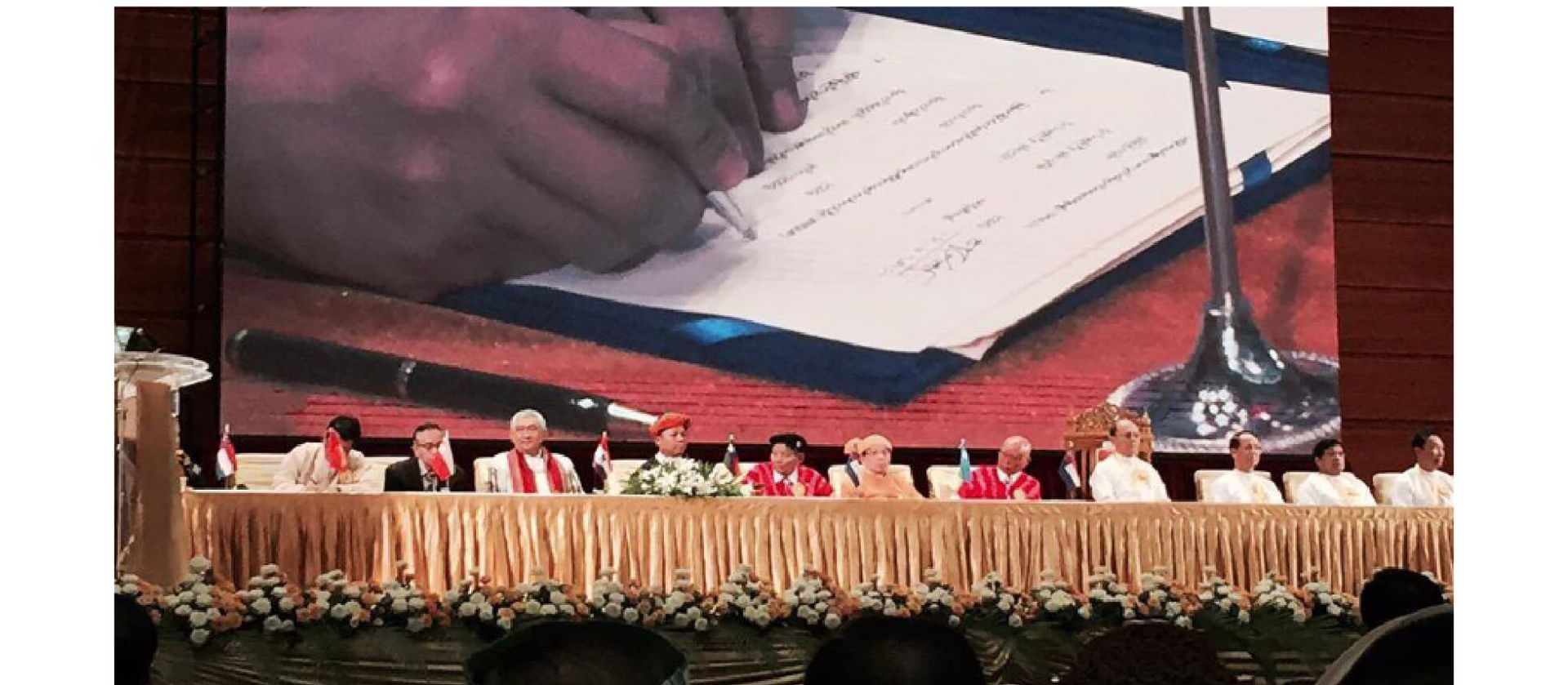
Equally, genuine implementation and the associated peace dividends are important factors that will be carefully observed by those yet to sign. Smaller groups like the Karenni National Progressive Party (KNPP) and New Mon State Party (NMSP) are still battling internal divisions, skepticism, limited capacity and misinformation, and require ongoing accompaniment and support. On the other hand, larger non-signatory groups like the Kachin Independence Organisation (KIO) need to maintain close relationships with similar sized NSAG structures that did sign on, such as the Karen National Union (KNU).
It is yet to be seen how the National League for Democracy (NLD), under the leadership of Aung San Suu Kyi, will manifest their values and policies in the national peace process. Early post-election meetings between ethnic armed group leaders, Daw Suu and senior NLD officials, as well as between Daw Suu and representatives of the Myanmar Peace Centre (MPC) bode well for a continuation of the process. Furthermore, recent public statements by Daw Suu committing the incoming government to working towards a comprehensive national peace indicate the NLD’s positive intent to build on the progress made in the last four years. The adoption of the Framework for the National Political Dialogue indicates that the process will continue at least into the coming months.
NSAGs like the Karen National Unity have been building bridges with the NLD for some time, and key figures within the MPC, such as Hla Maung Shwe, are close to the NLD inner circle. To date there is no serious threat to the ongoing ethnic peace process and its developments. However, it is yet to be seen how the NLD leadership might tackle other complex sensitive issues that could affect national reconciliation, such as the Rohingya issue and the ongoing activities of the more extreme, xenophobic anti-Muslim movements.
Aside from the NLD’s influence, the Tatmadaw will remain a significant and influential strategic stakeholder in the peace process for many years to come.
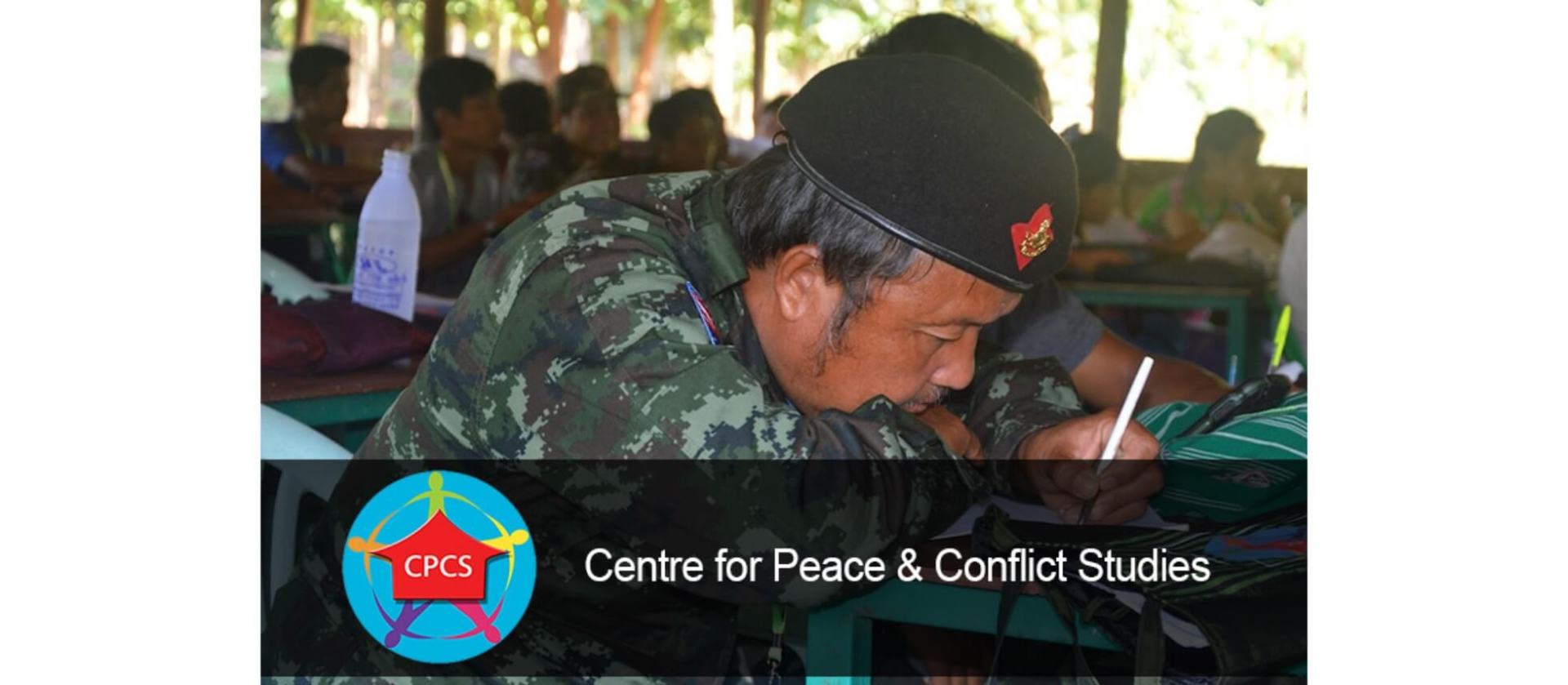
Looking ahead
2016 and beyond will see more community-based conflicts emerging around land, infrastructure developments, business developments, resources and labour. Again, State parliaments, civilian and non-State actors will need to strengthen their capacities to implement the outcomes of the peace process.
In our work with State-level civil servants, community-based peace organisations and ethnic armed groups, we regularly hear there is still confusion about the peace process and its implications for different areas and groups. Thus, this capacity building is as much about providing accurate information about the process as it is about continuing to make available case study examples and lessons from other actors involved in peace processes in the region.
More efforts should be made to promote understanding and normalisation of the concept of ceasefires and peace processes. In particular, support needs to focus on how to transition from an armed group to a peace actor, building trust within organisations as well as with the “other”, and what it means to be given the space to govern. Groups from Myanmar have benefitted from hearing the Communist Party-Maoist in Nepal reflect on their challenges in passing a new constitution and from the Moro Islamic Liberation Front in Mindanao as they prepare to govern an autonomous region in the Philippines.
Support for Myanmar’s ‘peace infrastructure’ of NSAG Liaison Offices (LO), civil society organisations and civil servants across the country should focus on ensuring they are updated on the peace process, exchange experiences, and build confidence and capacity in resolving local conflicts and managing the complex relationships they handle at the community level.
NSAGs experiencing difficulties with internal unity require ongoing support in strengthening relationships, sharing analysis and information, and developing joint strategies with splinter groups.
Despite critics of the long road towards a national ceasefire, progress in the Myanmar peace process has often come swiftly and unexpectedly, with shifting and changing dynamics seemingly the norm. Emerging key players and organisations involved in the process have demonstrated an adaptability and flexibility that enables them to quickly respond to opportunities and openings.
Our experience with armed groups, as well as with the government, has routinely demonstrated the need to be able to respond quickly when such stakeholders are ready to engage in conflict transformation activities. Similar opportunities will continue to emerge in the future to positively engage with key conflict actors in Myanmar and this flexibility and adaptability of response will remain essential in effectively supporting the country’s peace process.
Find out more about the CPCS



Director, the Centre for Peace and Conflict Studies (CPCS)
CPCS is a Cambodia-based NGO working in the field of peacebuilding and conflict transformation in Asia.
Emma Leslie has worked on conflict transformation and peacebuilding throughout Asia since 1993. While living in Cambodia, Emma founded numerous peacebuilding organisations and actively supports peace processes across the region, particularly in Myanmar and the Philippines.




